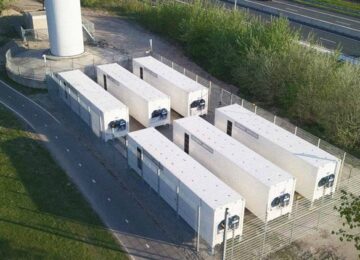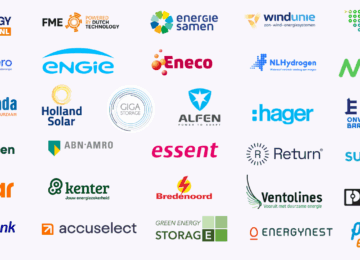Energy storage: from pioneering to professionalizing
In 2018, the then most powerful battery in the Netherlands was connected in Lelystad, with a power of 12 megawatts and a storage capacity of 7.5 megawatts. That was an impressive achievement by pioneers like GIGA Storage, at a time when battery storage was completely uncharted territory.
Anno 2025, ambitions have exploded. Batteries of hundreds of megawatts are being realized - with the recent financial close of project Mufasa, with 364 megawatts of power and 1,457 megawatt hours of storage capacity, as a telling example. Yet one thing has not fundamentally changed in all these years: each battery energy storage system (bess) is still a unique project, built from scratch.
Large dose
As an industry association, we hear it everywhere: building a battery still feels like new. The wheel is being reinvented over and over again, so to speak. The questions facing a developer are the same time and again; land location, permits and grid connection to suppliers, investments, market access, risk hedging ... - there are at least 12. And each answer requires customization, time, and a good dose of perseverance.
Scale up and standardize
The demand for large-scale energy storage is growing rapidly - and rightly so. Without batteries and other forms of energy storage, the energy transition will stagnate. In addition to batteries, we also encourage the use of other forms of storage, such as heat, molecules to bridge the lack of renewable energy for longer periods of time with energy storage. This also means that we can no longer afford to approach each project as a 'one-off'. We need to scale up and standardize. Only then will we keep pace with energy demand, grid congestion and the speed with which wind and solar energy projects are realized.
Recurring bottlenecks
Therefore, Energy Storage NL advocates a new phase in the development of broad energy storage in the Netherlands. A phase in which we accelerate by providing structure. In which we make system-level agreements about recurring bottlenecks. In which projects no longer start with a blank sheet, but with a solid framework. We call on policymakers, grid operators, market players and financiers to join us in taking the next steps.
Specifically, we are thinking of:
- Transparency and certainty about transportation costs for the next decade.
- Formal recognition of energy storage as an energy producer - a form of deferred generation.
- Accelerated, smoother permitting processes without unnecessary obstacles.
- Smart support for optimizers that maximize battery market value.
- Proactive location and connection policies by grid operators.
The energy transition will not wait. If we really want to contribute to security of supply, system flexibility and sustainable growth, we need to build a mature market structure now. Energy Storage NL is ready to bridge that gap - between government, market and technology. So that energy storage is no longer a bottleneck, but a core component of the future.
Ruud W.M. Nijs
Advisory Board Member
Energy Storage NL
This column was published in Storage Magazine May 2025





